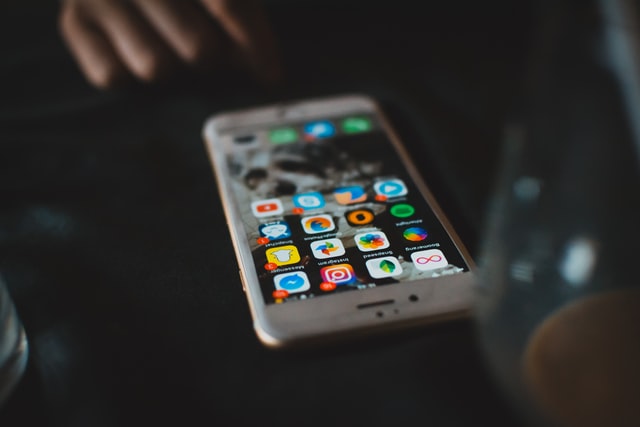All devices sometimes require you to manually turn off the application in the background. If the application does not respond, force it to close manually. Completing an application in the iOX system is very simple and intuitive and will not permanently delete the application from our iPhone, iPad. How do close apps on iPhone?
Force application to close
On the start screen of iPhone X or newer or iPad with iOS 12 or newer or iPadOS, swipe up from the bottom of the screen and make a slight pause in the center of the screen. On iPhone 8 or earlier, double-click Home to view recently used applications.
- Swipe right or left to find the application you want to close.
- Swipe up on the application preview to close it.
The recently used applications displayed are not open, but are in standby mode to facilitate navigation and use of multiple applications at the same time. The application should be closed only when the application is not responding.
iPhone closing the application – don’t do it!
In fact, what appears last on the list of applications in the iOS system practically does not consume energy. Contrary to what most users think, it is also not a list of open programs. This problem is even verified by the producer on his website, in the Support tab. The recently used applications displayed are not open but are in standby mode. This makes it easier to navigate and use multiple applications at the same time. According to the Cupertino company, closing the application should only be forced if it does not respond. When we close what we have open, no matter how little energy it consumes, we will have to open it again. For this purpose, the iPhone will need to use more computing power and, at the same time, battery power than when leaving programs in standby mode.

We browse Twitter, close the application using the force quit method, after which it turns out that we have forgotten to write to someone and start it again. In place of the necromancer, put the processor, RAM and battery. We use their resources unnecessarily when we close and open applications over and over again.
But if applications are still “running” in the background, they do not consume RAM resources and drain the battery? Here, Apple comes across with its reliable system – it is optimized to “freeze” unused applications. IOS developers have long been alerting that the applications displayed in the multitasking view do not use RAM and do not negatively affect the device’s speed or battery life. In fact, all the cards we see in multitasking are rather the history of recently used applications, not a list of applications that run in the background.
iOS is designed to better manage applications. So stop closing applications and after a while compare the phone’s operating time on one charge with the times you achieved before – you will stop having the illusion that constantly closing all applications is a good idea.












